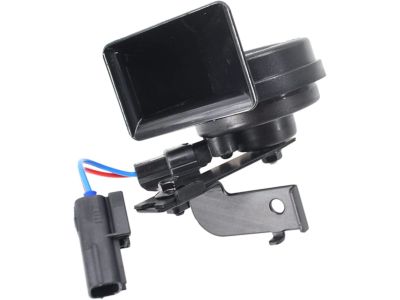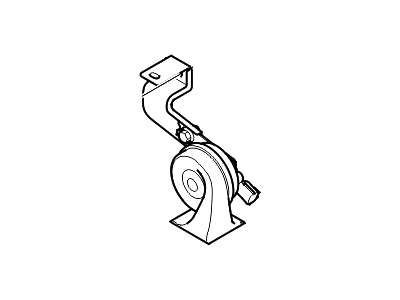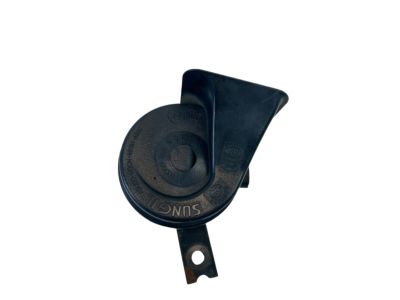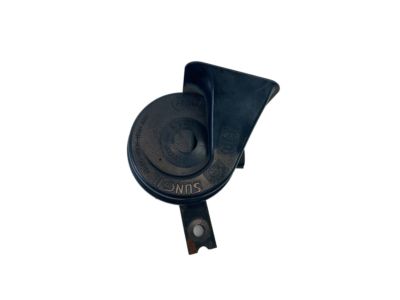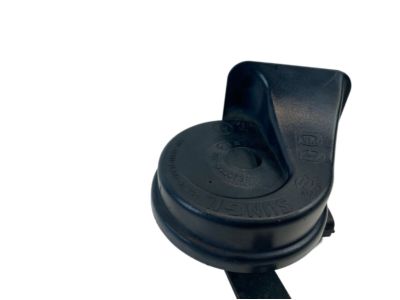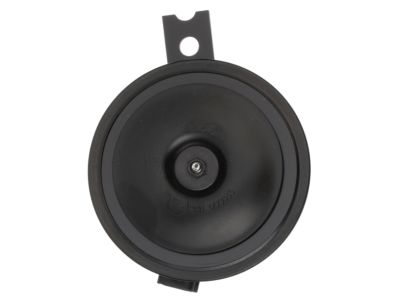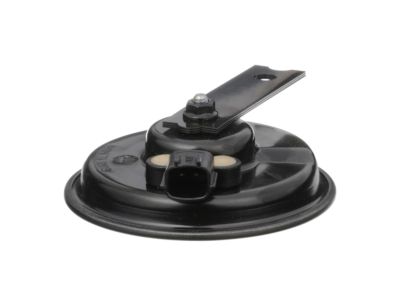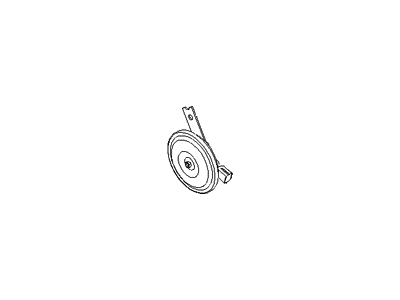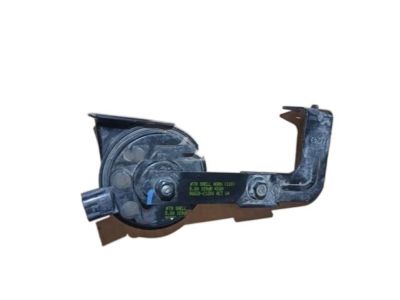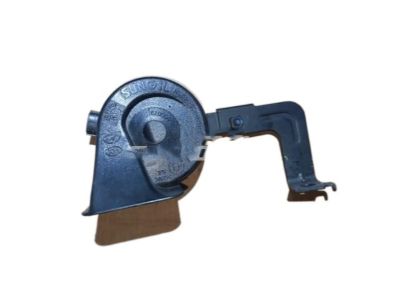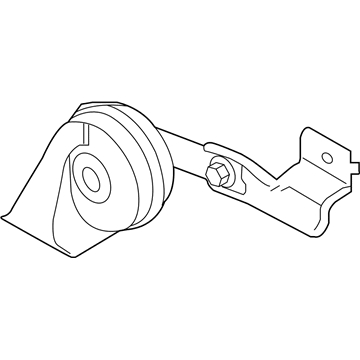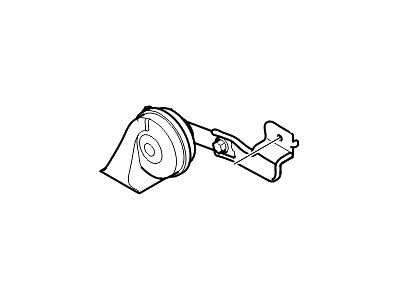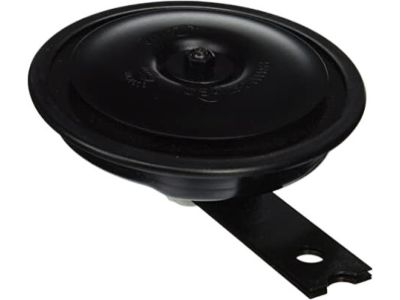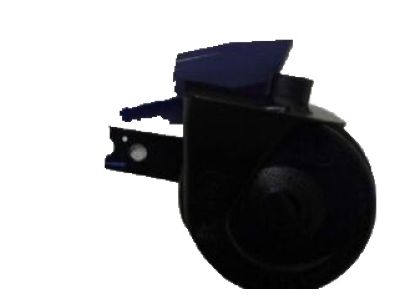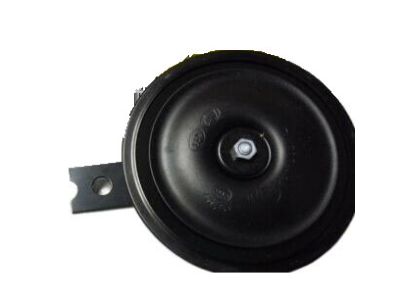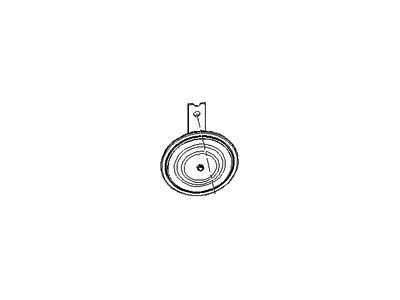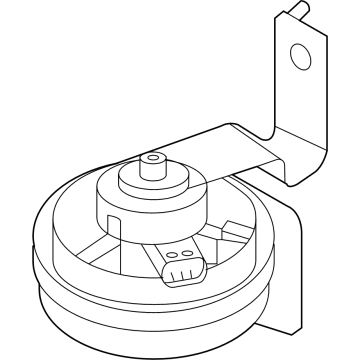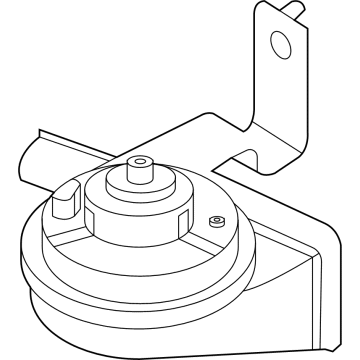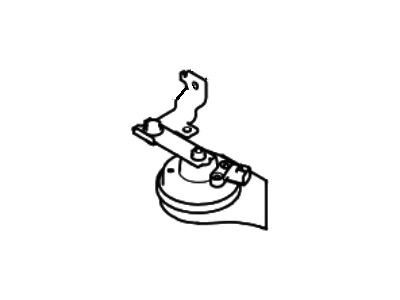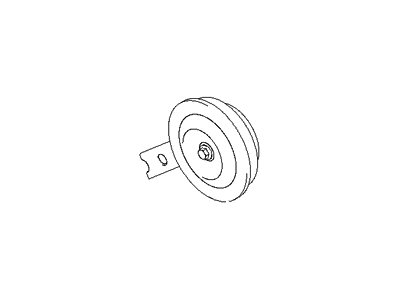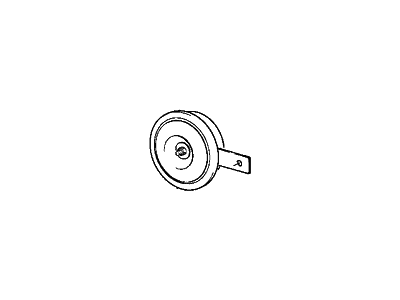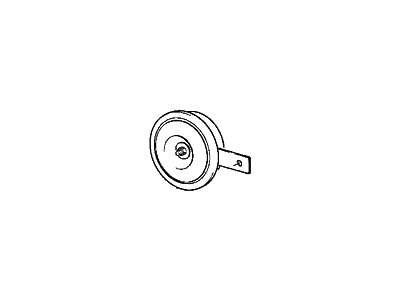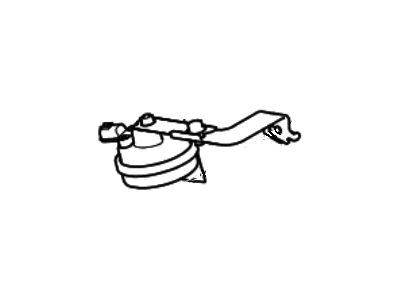×
- Hello
- Login or Register
- Quick Links
- Live Chat
- Track Order
- Parts Availability
- RMA
- Help Center
- Contact Us
- Shop for
- Hyundai Parts
- Hyundai Accessories


My Garage
My Account
Cart
Genuine Hyundai Sonata Horn
Alarm Horn- Select Vehicle by Model
- Select Vehicle by VIN
Select Vehicle by Model
orMake
Model
Year
Select Vehicle by VIN
For the most accurate results, select vehicle by your VIN (Vehicle Identification Number).
31 Horns found

Hyundai Sonata Horn Assembly-Low Pitch
Part Number: 96610-C1000$98.80 MSRP: $138.81You Save: $40.01 (29%)Ships in 1-3 Business Days
Hyundai Sonata Horn Assembly-High Pitch
Part Number: 96620-3Q000$98.06 MSRP: $137.77You Save: $39.71 (29%)Ships in 1-3 Business Days
Hyundai Sonata Horn Assembly-Low Pitch
Part Number: 96610-3K001$103.58 MSRP: $145.53You Save: $41.95 (29%)Ships in 1-3 Business Days
Hyundai Sonata Horn Assembly-High Pitch
Part Number: 96620-C1200$98.28 MSRP: $138.08You Save: $39.80 (29%)Ships in 1-3 Business Days
Hyundai Sonata Horn Assembly-Low Pitch
Part Number: 96610-C1200$95.56 MSRP: $134.26You Save: $38.70 (29%)Ships in 1-3 Business Days
Hyundai Sonata Horn Assembly-High Pitch
Part Number: 96620-C1000$101.41 MSRP: $142.48You Save: $41.07 (29%)Ships in 1-2 Business Days
Hyundai Sonata Horn Assembly-Low Pitch
Part Number: 96610-3Q000$108.24 MSRP: $152.08You Save: $43.84 (29%)
Hyundai Sonata Horn Assembly-High Pitch
Part Number: 96620-3K000$103.58 MSRP: $145.53You Save: $41.95 (29%)Ships in 1-3 Business DaysHyundai Sonata Horn Assembly-High Pitch
Part Number: 96621-L1000$70.93 MSRP: $99.66You Save: $28.73 (29%)Ships in 1-3 Business DaysHyundai Sonata Horn Assembly-Low Pitch
Part Number: 96611-L1000$39.35 MSRP: $54.81You Save: $15.46 (29%)Ships in 1-3 Business DaysHyundai Sonata Horn Assembly-Burglar Alarm
Part Number: 96630-C1000$100.27 MSRP: $140.87You Save: $40.60 (29%)Ships in 1-3 Business DaysHyundai Sonata Horn Assembly-Low Pitch
Part Number: 96611-C1000$67.02 MSRP: $94.16You Save: $27.14 (29%)Ships in 1-3 Business DaysHyundai Sonata Horn Assembly-Burglar Alarm
Part Number: 96630-3S000$100.27 MSRP: $140.87You Save: $40.60 (29%)Ships in 1-3 Business DaysHyundai Sonata Horn Assembly-Low Pitch
Part Number: 96610-38100$73.27 MSRP: $102.94You Save: $29.67 (29%)Ships in 1-3 Business DaysHyundai Sonata Horn Assembly-Low Pitch
Part Number: 96610-33100$76.22 MSRP: $107.08You Save: $30.86 (29%)Ships in 1-3 Business DaysHyundai Sonata Horn Assembly-Low Pitch
Part Number: 96610-34100$76.71 MSRP: $107.77You Save: $31.06 (29%)Ships in 1-3 Business DaysHyundai Sonata Horn Assembly-High Pitch
Part Number: 96620-36001$80.45 MSRP: $113.03You Save: $32.58 (29%)Ships in 1-3 Business DaysHyundai Sonata Horn Assembly-High Pitch
Part Number: 96621-C1000$98.28 MSRP: $138.08You Save: $39.80 (29%)Ships in 1-3 Business DaysHyundai Sonata Horn Assembly-High Pitch
Part Number: 96620-33000$101.04 MSRP: $141.95You Save: $40.91 (29%)Ships in 1-3 Business DaysHyundai Sonata Horn Assembly-High Pitch
Part Number: 96620-33100$101.04 MSRP: $141.95You Save: $40.91 (29%)Ships in 1-3 Business Days
| Page 1 of 2 |Next >
1-20 of 31 Results
Hyundai Sonata Horn
If you are looking for affordable high-quality OEM Hyundai Sonata Horn, then you have come to the prime place. Our website provides a large amount of genuine Hyundai Sonata Horn at unbeatable prices. All our parts come backed with the manufacturer's warranty.
Hyundai Sonata Horn Parts Questions & Experts Answers
- Q: How to check and replace the horn in a Hyundai Sonata?A:Before electrical diagnosis is made, it is recommended that one checks Fuses. First, remove the electrical connector on the horn side of the circuit. To check horn, short the terminal of the horn with a jumper wire; if horn does not work, then you need to replace it. If the horn does ring, measure for voltage at terminal if the horn button is pressed on. If there's voltage at the terminal, usually there is bad ground at the horn. If voltage is not available at the horn, then the Relay has to be checked. If the relay is working, follow the voltage check on the relay power and control circuits, if no voltage is present in either the circuits, then, examine the wiring in between the relay and the fuse panel. If both the relay circuits are getting supply voltage, push the horn button and check the path from the relay to the horn button for connection to the ground. If there is no continuity check the circuit for open; if the circuit is not open replace the horn button. If continuity exists to ground through the horn button, to is analyze for open or short in the circuit between the relay and the horn. For models from 2010 and earlier, there are two horns: One of them is inserted near the left head light assembly while the other is installed in the center of the car, before the condenser. Considering the models that were manufactured from 2011 onwards, the cars come equipped with lone horn that is located at the center of the car, right in front of the condenser. To replace either of the horns you just have to undo the bolts with the bumper cover or the grille, pull the electrical connector off and then you have to take the bracket bolt off. It is the process of undoing with how it was done; removal is the process of doing installation.
Related Hyundai Sonata Parts
Browse by Year
2023 Horn 2022 Horn 2021 Horn 2020 Horn 2019 Horn 2018 Horn 2017 Horn 2016 Horn 2015 Horn 2014 Horn 2013 Horn 2012 Horn 2011 Horn 2010 Horn 2009 Horn 2008 Horn 2007 Horn 2006 Horn 2005 Horn 2004 Horn 2003 Horn 2002 Horn 2001 Horn 2000 Horn 1999 Horn 1998 Horn 1997 Horn 1996 Horn 1995 Horn 1994 Horn 1993 Horn 1992 Horn 1991 Horn 1990 Horn 1989 Horn 1988 Horn



